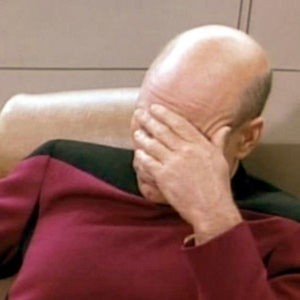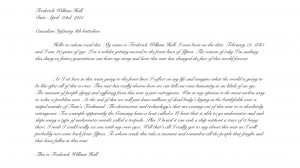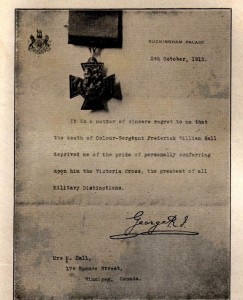You got the whole ocean to maneuver your ships but you had to crash them and take out a city with the crash great job…… ( claps slowly).
On December 6 1917 the SS Mont-Blac a French cargo ship loaded with explosives collided with a Norwegian vessel SS Imo in the Narrows, a strait connecting the upper Halifax Harbour to Bedford Basin. After the crash a fire on board the Mont-Blac ignited the explosives on the ship for the war. This explosion was so big to took the Richmond district of Halifax and took around 2,000 lives from debris and the shock. It also estimated that it injured 9,000 people also. This explosion was so big it was the biggest explosion ever before the first A-bomb was tested. Well if PLP fashion we were assigned to make a news report for the Halifax explosion so here it is enjoy.
https://youtu.be/vu7GG38EY3w





